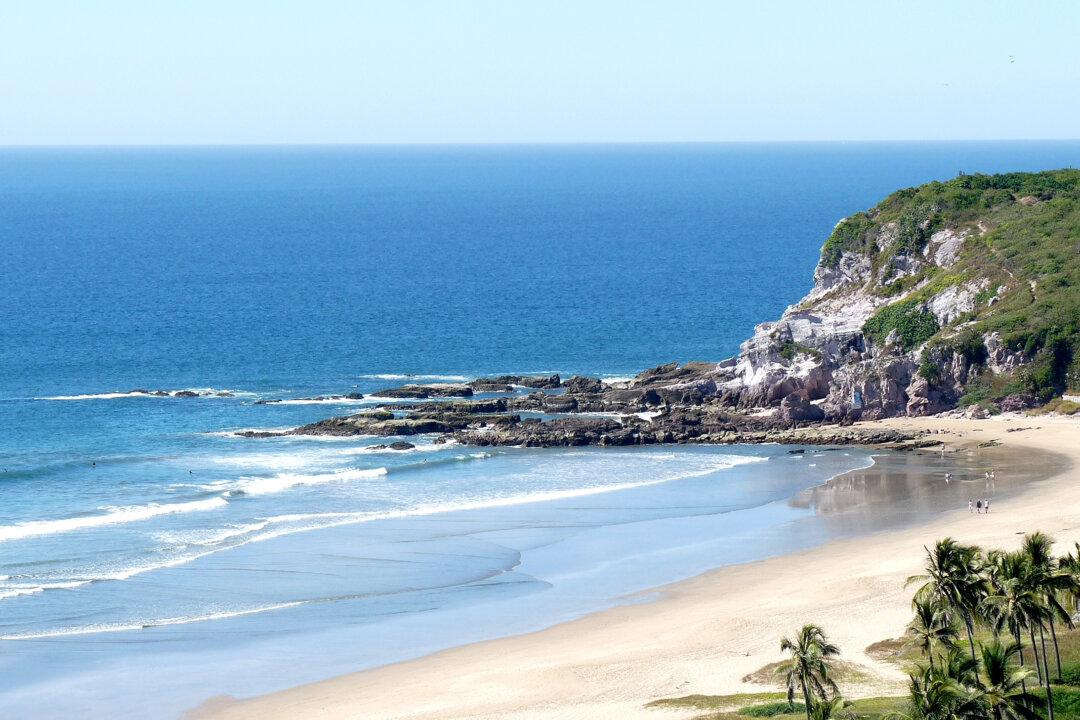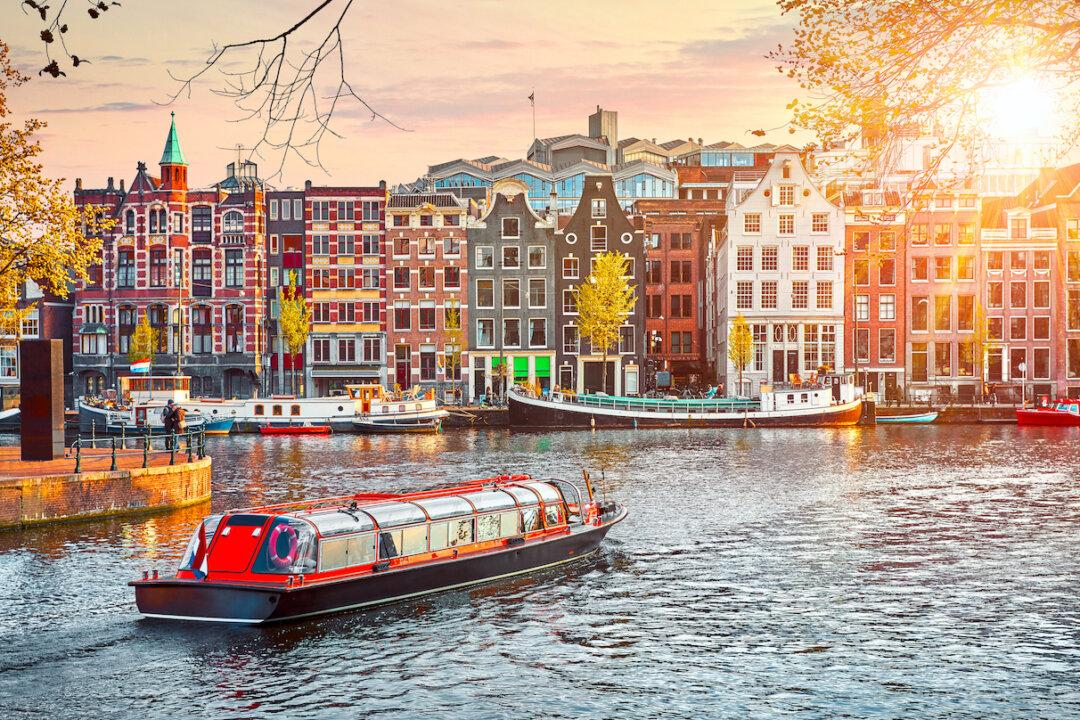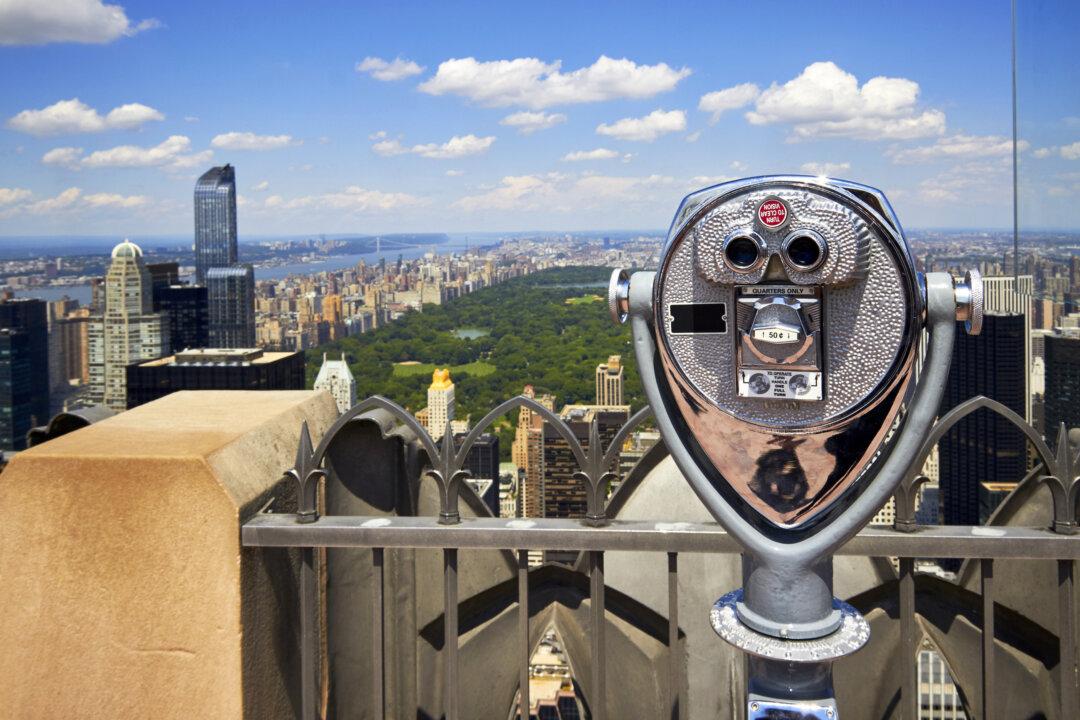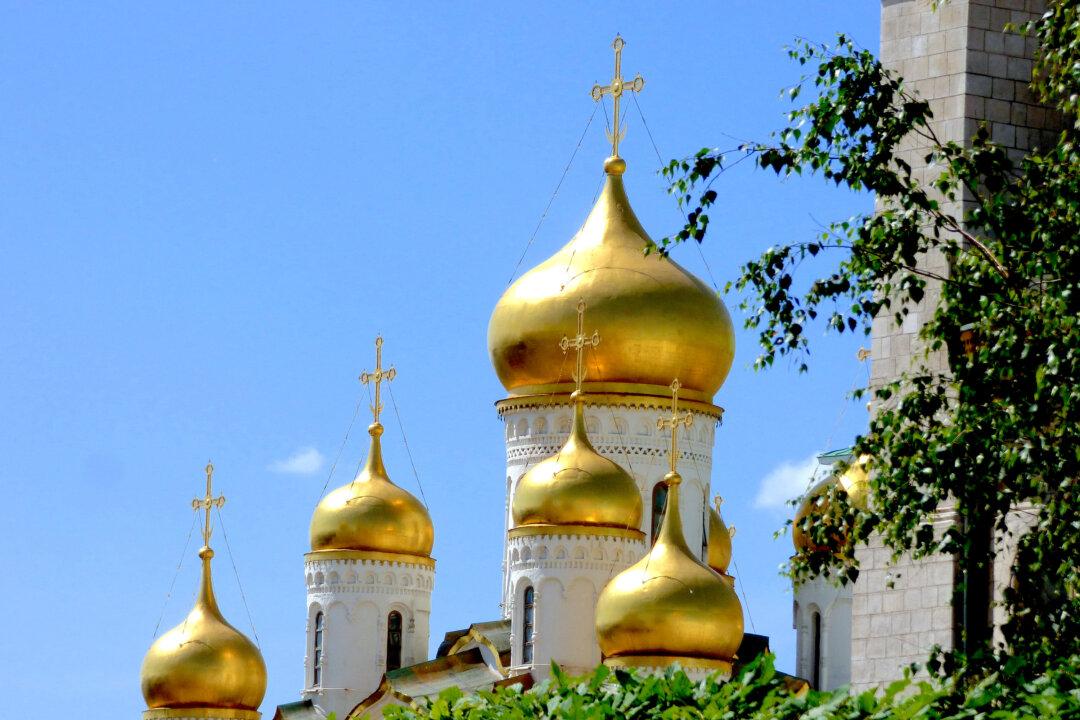On an unusually brisk November morning before first light, I found myself barreling down the New Jersey Turnpike heading south to Newark Airport for my flight to Mazatlán, Mexico.
Mazatlán is a city with a unique split personality. It is not only a beautiful beach resort with an astounding 16 miles of white powdery sand and a tropical climate that ranges in the 70s and 80s year-round, it also boasts a historical and cultured past dating to the California Gold Rush of the 19th century.
The city’s two personalities are divided into distinct zones separated by a seven-mile coastal road. On one side is Old Mazatlán featuring the historic district, and on the other is the Zona Dorada or Golden Zone, with its beach resorts facing the Pacific Ocean.
Mazatlán, meaning “land of the deer”—so named by the indigenous Nahuatl Tribes—is located in the Sea of Cortez with Baha California to the west. It was settled by the Spanish in 1531, but unlike the Spanish colonization that flavours the east coast and central highlands of Mexico, Mazatlán’s culture owes more to the German and French influence which arrived in the mid-19th century.
By 1840 Mazatlán’s harbour was a major port of call on the long journey from Europe to California when, lured by the prospect of easy riches in the gold fields, waves of Europeans passed through. Many of these adventurers were seduced to linger in a land blessed by balmy breezes, brilliant sunsets, and a sun smiling down from a sparkling blue sky—not to mention the area’s huge natural resources of gold, silver and gem stones, which are still present in the nearby hills even after 300 years of exploitation by the Spanish.
This new wave of Europeans brought diverse skills to their adopted home but just as importantly, they brought their culture, honed for centuries in their native lands. Add their history to the rich heritage already existing in the area and you have today’s Mazatlán, the Pearl of the Pacific.
Malecón and Historic Centre
A visit to Mazatlán is a different and authentic Mexican experience. It offers locals and visitors alike the best of the worlds of culture and nature. There is also the added allure of an abundant bounty from the sea. In Mazatlán’s restaurants you will find the freshest, most delicious fish and seafood from local waters with the fish still bearing marks from the fisherman’s nets. If you’ve a mind to, you can buy right off the boats as the fishermen arrive with their daily catch along the Malecón, an amazing walkway running along the beach for miles, punctuated by art sculptures of every size and description.
It is in fact an open air museum where native artists pay homage to their heroes, fables, and myths. Along the Malecón also you can catch the cliff divers who climb high onto a wooden platform, and for a few dollars, dive 45 feet into tidal pools to astound and delight the tourists.
Centro Historico, or the historic centre of town, is in the process of being returned to the grandeur of its halcyon days. The Teatro Angela Peralta (Angela Peralta Theater), a 19th century neo-classical building, has undergone extensive restoration and is the impetus for the revival of the area.
The once-named Rubio Theater was renamed for the “Nightingale of Mexico” in 1883 after the much beloved singer was stricken by yellow fever caught during her boat journey to Mazatlán to perform there. Tragically she died before singing in the venue that now bears her name—a venue that is at the cultural heart of Mazatlán and currently hosts concerts and performances by internationally acclaimed artists.
My first night in Mazatlán I climbed aboard the charming Pulmonias—the open-air vehicles that are the symbol of the city—for a ride along the Malecón to the historic centre. The monuments along the Malecón are illuminated at night, and with the whispering sea adding its musical accompaniment to our short journey, we ended in the centre square of Old Mazatlán, which was festively dressed with lights, people, and live music. Many of the buildings that line the square have been turned into restaurants and clubs and at night they unfold into the street for al fresco dining in the balmy air.
Sharks, Birds, Food
In the morning, we headed to the Acurio Aquarium and the dancing seal performance. I never saw a seal dance before and it was an amazing show of affection to see it balance on its flippers to embrace its trainer. Of course, all manner of fish were on display but their biggest draw is the 4.5-million gallon shark tank that is built to hold Tiger, Yellow, and Mako sharks where people can swim, feed, and interact with them. One of our group volunteered to don a mask and flippers to feed, swim, and then hold a shark!
Next to the aquarium was an aviary with magnificently colourful birds flying free. There was a controlled entry but once you passed through, it was just as if you were in their natural habitat and woe to you if a bird—especially a male peacock—took a dislike to you. I tried to make friends but the clever birds just looked at me inquisitively as if I were the object of investigation. To them, I was another species to be tolerated.
From the aquarium we headed toward the water and the Alagua Restaurant facing the beach and ocean. This restaurant is a seafood lover’s paradise: briny oysters, fat succulent shrimp and scallops, and fish so fresh it practically swam onto your plate. Among our selections was the best coconut shrimp served with freshly made mango sauce that I ever ate.
To walk off lunch we headed back to the historic district to see it during daylight and it was hard to believe the same magical square where we had dinner the night before was now transformed into a walk down memory lane. Pastel-coloured 19th century buildings stand side by side, with manicured shade trees lining the streets leading up to and around the square. No time for siesta as the beach beckoned and night falls early in November.
Mazatlán has a loyal following with guests returning year after year, lured by the beach, the ocean, and the hospitality Mexico is renowned for.
For more information, visit: www.gomazatlan.com
Barbara Angelakis is a seasoned international traveller and award-winning writer based in the New York City area. To read more of her articles and adventures visit LuxuryWeb Magazine at www.luxuryweb.com





